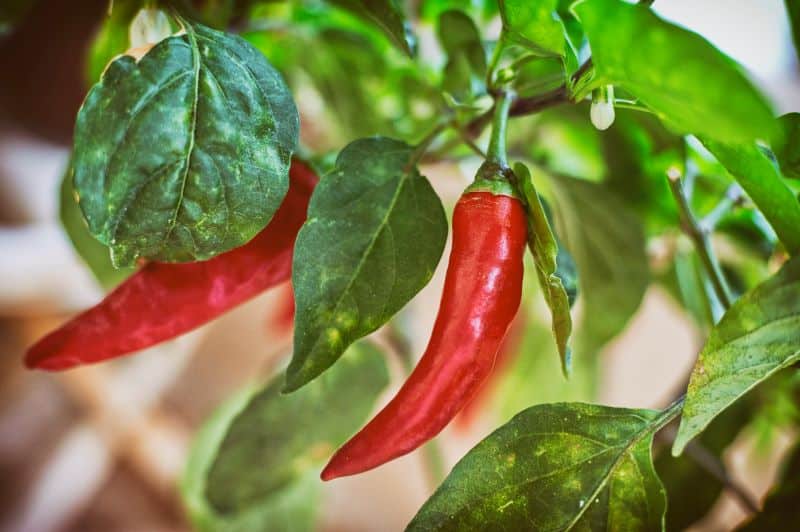Chilli extract relieves chronic pain better than opioids without the side effects

The dangers of treating chronic pain with opioids over the long term have been well established, prompting researchers to seek treatments that offer effective pain relief without the sometimes devastating side effects; and they may have found the answer in the humble chilli pepper.
We’re all familiar with that fiery feeling when we dive into a bowl of hot, spicy Mexican food. That burning sensation is caused by a chemical called capsaicin, found in chillis and other plants in capsicum family. This same ingredient that causes pain and watering eyes at the dinner table has, paradoxically, been found to greatly alleviate pain when applied to the skin, at certain strengths, through patches, creams, gels or sprays.
Opioids can be addictive and lead to depression and other mental health issues, and when taken over a long period of time they can actually increase a person’s level of pain. Capsaicin, in contrast, has minimal side effects, is non-addictive, and for some conditions achieves a level of pain reduction comparable to opioids.
The mechanics behind how Capsaicin alleviates pain are not, as yet, well understood, however it’s believed that the chemical suppresses levels of TRPV1, a cationic ion channel responsible for sending pain signals to the brain.
Authors of a 2021 University of Maryland study into the how capsaicin works and what kinds of pain its most effective in treating say that after decades of research and development, “…topical Capsaicin has been identified as a valuable non-opioidergic drug for alleviating pain with few side effects.”
The efficacy is comparable or even superior to oral analgesics, such as pregabalin.”
What kinds of pain can capsaicin relieve?
Numerous studies have been conducted into the therapeutic applications of Capsaicin. Following is a summary of the kinds of pain where Capsaicin has been shown to significantly reduce pain levels in clinical trials.
Knee joint arthritis
Reduction of Visual Analogue Pain Scale (VAS) by 50% after 4 weeks of treatment compared to 25% in the control group. Pain reduction lasted up to 12 weeks.
Post surgery pain
Median reduction of Numeric Pain Rating Scale (NPRS) by 41.2% after 1-2 weeks of treatment commencement.
Chemotherapy-induced pain
Reduction of NPRS between 84% and 97% for patients with both high and low sensitivity to oxaliplatin.
Diabetic-associated pain
Reduction of Brief Pain Inventory (BPI) by 67.3% when used in conjunction with Standard of Care (SOC).
HIV-associated pain
Reduction of NPRS score by 27%.
Post herpetic neuralgia (complication of shingles)
Reduction of NPRS by 55% in a cohort of people suffering post herpetic neuralgia – the same level of pain relief achieved by a cohort taking pregabalin.
Oral (dental) pain
63% of patients recorded a reduction in VAS.
Note from National Custom Compounding – We regularly make up topical Capsaicin creams to help our customers improve their pain management outcomes, especially in the treatment of muscular or joint injuries. We can also make patches in various strengths with a script from a medical practitioner.
For more information contact us on 1300 731 755 or [email protected].
[optin-monster-inline slug=”oqqklvasafov6yvbfsuo”]
